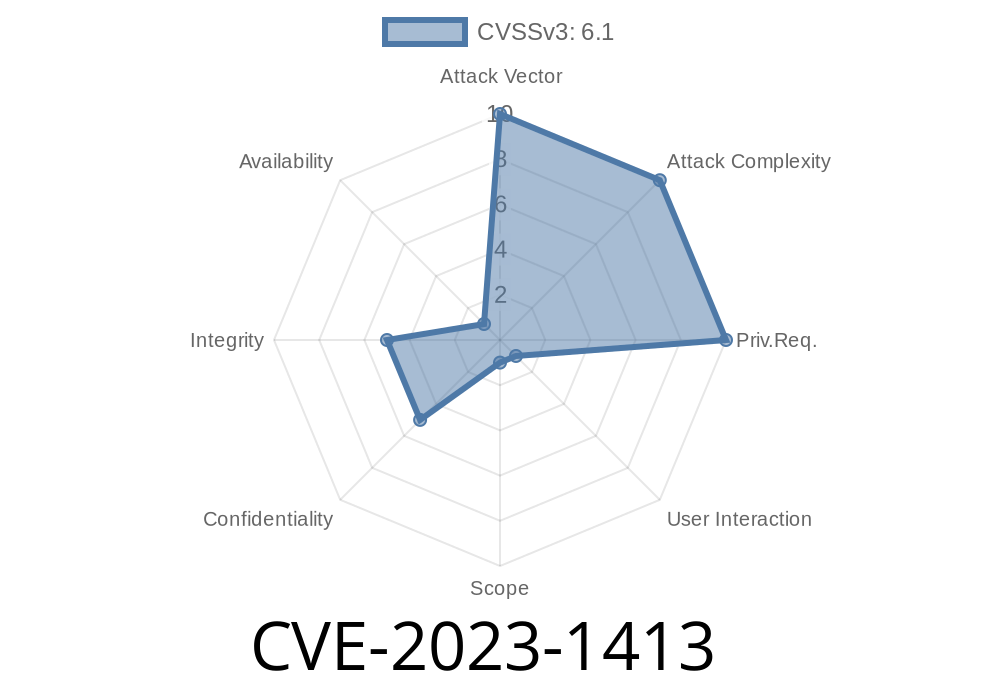Security researchers have discovered a Reflected Cross-Site Scripting (XSS) vulnerability in the WP VR WordPress plugin before 8.2.9. The vulnerability is tracked under the Common Vulnerabilities and Exposures (CVE) identifier CVE-2023-1413. The plugin, which allows users to create and integrate 360-degree Virtual Tours with WordPress websites, does not properly sanitize and escape some parameters before outputting them back in the page. An attacker could exploit this vulnerability to steal sensitive data and compromise the integrity of the website by targeting high privilege users, such as administrators. The following post provides a comprehensive analysis of this vulnerability, along with code snippets, links to original references, and exploit details.
Vulnerability Details
The core issue lies in the fact that the WP VR plugin does not sanitize and escape certain parameters before outputting them back onto the page. As a result, an attacker could inject malicious code into these parameters, leading to a Reflected XSS vulnerability. When a high privilege user, such as an admin, visits the maliciously crafted page, attackers can steal their session cookies, manipulate the website's content, or redirect the admin to a malicious website.
Reference Links
1. The official CVE page for this vulnerability: CVE-2023-1413
2. The National Vulnerability Database (NVD) page for this vulnerability: CVE-2023-1413
3. Official changelog for WP VR with the fix, in Version 8.2.9: WP VR Changelog
Code Snippet
The following code snippet demonstrates the basic structure of a Reflected XSS exploit for this vulnerability:
https://vulnerable-site.com/wp-admin/admin.php?page=wpvr&tab=sample_tour&tour_id=12345%22%3E%3Cscript%3Ealert%28%27XSS%27%29%3C%2Fscript%3E
In this case, the malicious code (<script>alert('XSS')</script>) is injected into the tour_id parameter. When an admin visits the crafted URL, the injected script will run in the context of the victim's browser, causing the popup alert "XSS" to be displayed.
Exploit Details
To take advantage of this vulnerability, an attacker could create a malicious link that contains the injected code, and then trick the high privilege user into clicking on the link. Once the malicious link is clicked, the injected code runs within the context of the victim's browser session, allowing the attacker to execute various malicious actions, like stealing session cookies or redirecting to phishing websites.
Mitigation
To protect against this vulnerability, it is crucial to update the WP VR plugin to version 8.2.9 or later. Additionally, website administrators should always be cautious when clicking on links, particularly from untrusted sources. It's essential to use strong, unique passwords for each account, activate two-factor authentication whenever possible, and maintain a secure, up-to-date WordPress environment.
In conclusion, it is vital to stay informed about security vulnerabilities affecting your WordPress plugins. Regularly updating your plugins and being cautious while browsing can significantly reduce the risk of security breaches, protecting your website and its users.
Timeline
Published on: 04/17/2023 13:15:00 UTC
Last modified on: 04/25/2023 19:31:00 UTC
